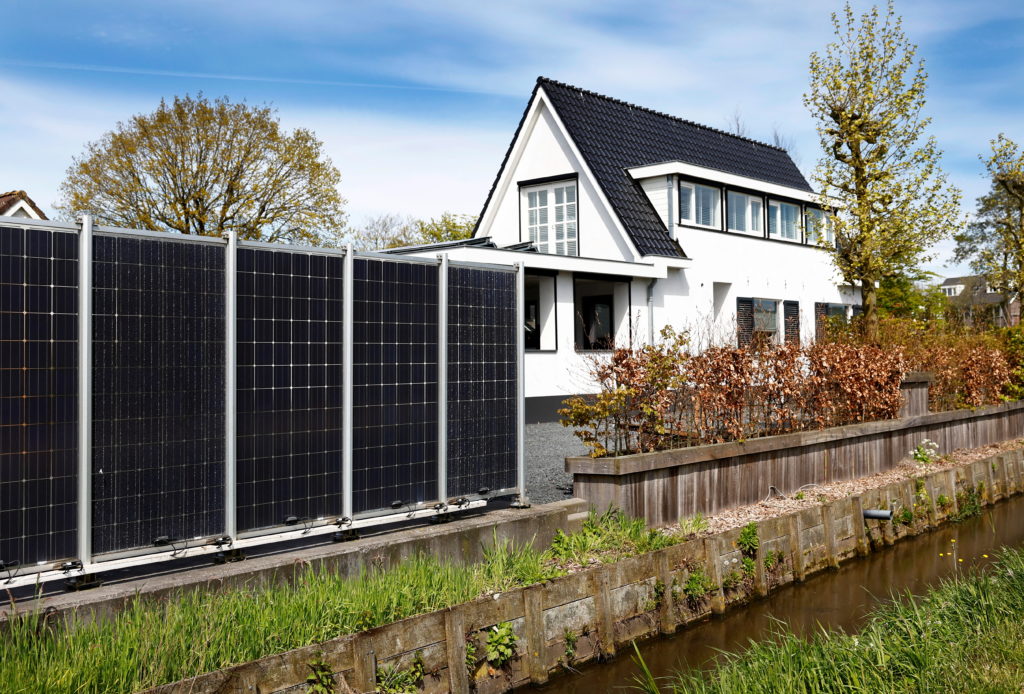In a significant development for clean energy, the European Union has achieved a remarkable milestone: 47 percent of its electricity is now derived from solar and other renewable sources. This is a stark contrast to the current energy policies in the United States, where the focus remains on fossil fuels. The latest report underscores the EU’s commitment to sustainable energy, even as the U.S. administration emphasizes oil and gas production.
According to climate energy think tank Ember, nearly three-quarters of the EU’s electricity comes from sources that do not emit greenhouse gases. This includes 24 percent from nuclear power. In comparison, countries like the United States and China rely heavily on fossil fuels, with about two-thirds of their energy generated from coal, oil, and gas.
Impact of Renewable Energy Policies
Chris Rosslowe, an energy expert at Ember, highlighted the EU’s progress: “Fossil fuels are losing their grip on EU energy.” In 2024, solar energy surpassed coal by generating 11 percent of the EU’s electricity, while coal usage fell below 10 percent. Wind power consistently produced more electricity than gas for the second consecutive year.
The report, however, noted that complete data for 2024 wasn’t available for all countries. In 2023, Brazil led with 89 percent of its electricity generated from renewables, primarily hydroelectric power. Other notable figures include Canada with 66.5 percent, China at 30.6 percent, France with 26.5 percent, the U.S. at 22.7 percent, and India at 19.5 percent.
Policy Initiatives and Global Events
The European Green Deal, introduced in 2019, has been pivotal in accelerating the EU’s transition to clean energy. This comprehensive policy aims to cut emissions by 55 percent by the end of the decade and achieve climate neutrality by 2050. As part of this effort, numerous regulations have been enacted to promote clean energy investments and reduce carbon pollution.
Rosslowe added, “At the start of the Deal, renewables were a third and fossil fuels accounted for 39 percent of Europe’s electricity. Now fossils generate only 29 percent, and wind and solar have been driving the clean energy transition.” He noted that nuclear energy’s contribution has remained stable.
Additionally, geopolitical factors, such as Russia’s invasion of Ukraine, have prompted Europe to seek alternative energy sources. The surge in gas prices, exacerbated by reliance on Russian imports, has accelerated the shift towards renewable energy. Countries like Portugal, the Netherlands, and Estonia have seen significant increases in clean power over the past five years.
Financial and Strategic Benefits
The EU’s focus on clean energy has not only strengthened its leadership role globally but also resulted in substantial economic benefits. Since 2019, the EU has saved over $61 billion by reducing fossil fuel imports for electricity generation.
Pieter de Pous, an energy analyst at the European think tank E3G, emphasized the strategic shift: “This is sending a clear message that their energy needs are going to be met through clean power, not gas imports.” He highlighted the EU’s transformation from a community reliant on coal and steel to one focused on solar and wind energy, batteries, and smart technologies.
Despite the slow growth in nuclear energy, with more plant retirements than new constructions, the EU remains committed to its clean energy goals. As the U.S. pursues policies that diverge from the Paris Agreement, the EU’s leadership in climate initiatives becomes increasingly significant. Rosslowe remarked, “It’s about increasing European energy independence, and it’s about showing this climate leadership.”
EU chief Ursula von der Leyen reaffirmed the bloc’s commitment, stating, “Europe will stay the course, and keep working with all nations that want to protect nature and stop global warming.”
Data journalist Mary Katherine Wildeman contributed from Hartford, Connecticut. The Associated Press’ climate and environmental coverage receives financial support from multiple private foundations. AP is solely responsible for all content. Find AP’s standards for working with philanthropies, a list of supporters, and funded coverage areas at AP.org.
Original Story at www.pbs.org
